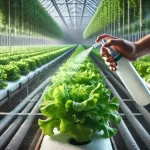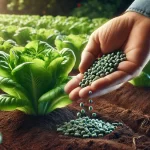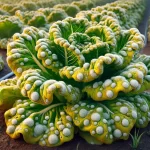The cultivation of lettuce has a rich history that dates back thousands of years, evolving from its origins in ancient Egypt to becoming a fundamental crop in modern agriculture. This chronology reflects changes in agricultural techniques, variety selection, and technological advancements that have improved the quality and availability of lettuce today.
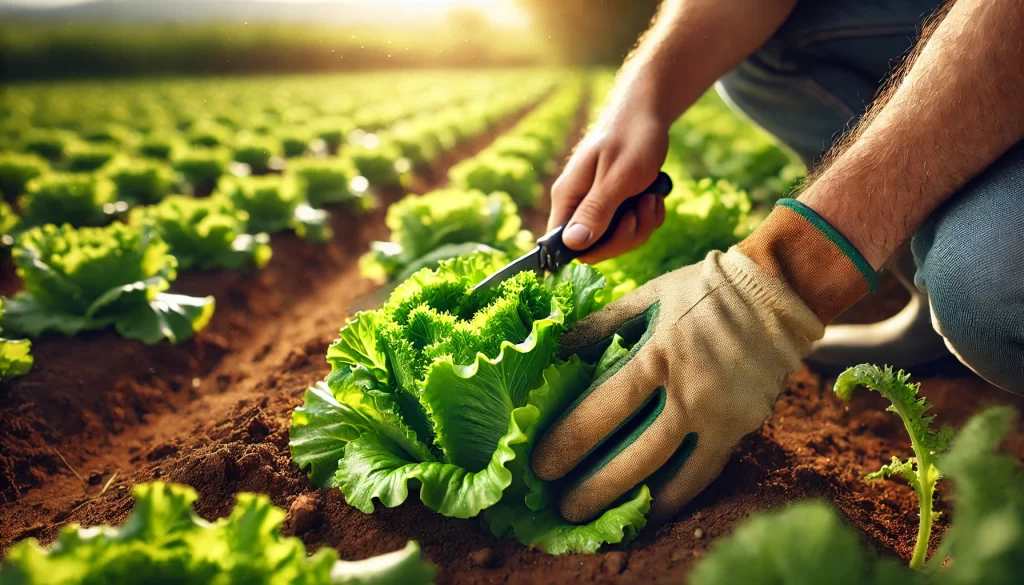
Ancient Origins and Cultural Significance
Lettuce in Ancient Egypt
- Early Records: Lettuce is estimated to have been first cultivated over 4,000 years ago in the Nile Valley. The ancient Egyptians valued lettuce not only for its flavor but also for its supposed aphrodisiac and medicinal properties.
- Artistic Representations: Paintings and reliefs in Egyptian tombs depict scenes of lettuce cultivation and consumption, highlighting its importance in the diet and culture of the time.
- Initial Techniques: They used primitive irrigation methods and plant selection to enhance desirable traits, marking the beginning of plant improvement.
Expansion to Mediterranean Civilizations
- Greece and Rome: Lettuce was adopted by the Greek and Roman civilizations, where it was cultivated in special gardens and consumed both fresh and prepared. Specific varieties were developed, and cultivation techniques were documented, influencing future generations.
- Spread to Europe: Through trade routes, lettuce cultivation spread across Europe, adapting to different climates and soils. Medieval monks were pioneers in the systematic cultivation of lettuce in monasteries.
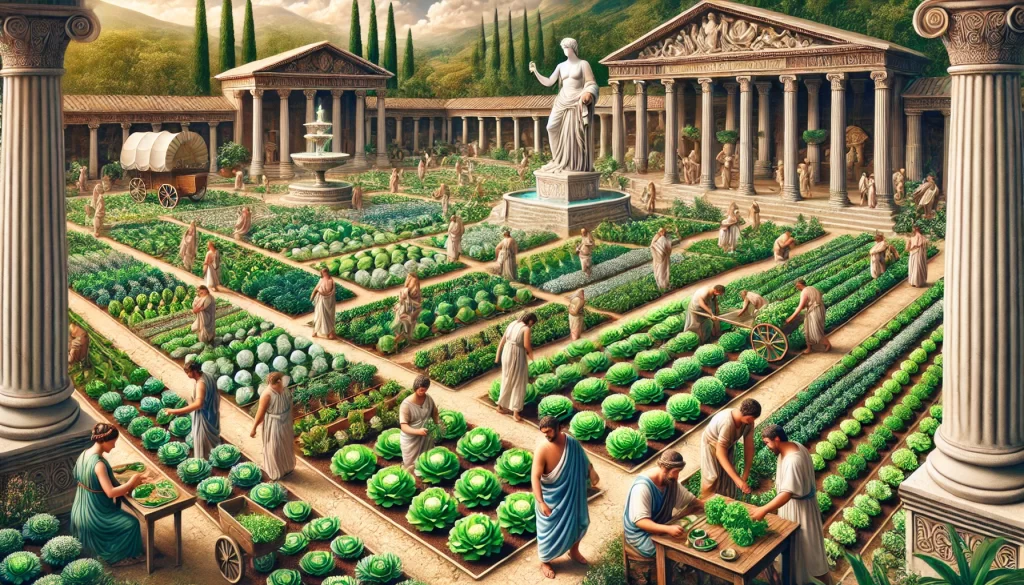
Evolution of Agricultural Techniques
Traditional Innovations
- Selection and Improvement: Since ancient times, farmers have selected seeds from plants with superior traits, such as tender leaves and greater pest resistance. This empirical selection laid the foundation for genetic improvement.
- Irrigation and Cultivation Methods: The introduction of irrigation systems, such as river irrigation in Egypt and canals in Europe, allowed for the expansion of cultivation to diverse regions and improved yields.
Green Revolution and Modern Genetic Improvement
- 20th Century: The Green Revolution introduced hybrid lettuce varieties with higher yields and disease resistance, along with intensive cultivation techniques and controlled fertilization.
- Biotechnology: In recent decades, biotechnology has enabled genetic editing and marker-assisted selection to develop lettuce varieties more resistant to adverse conditions, pests, and diseases.
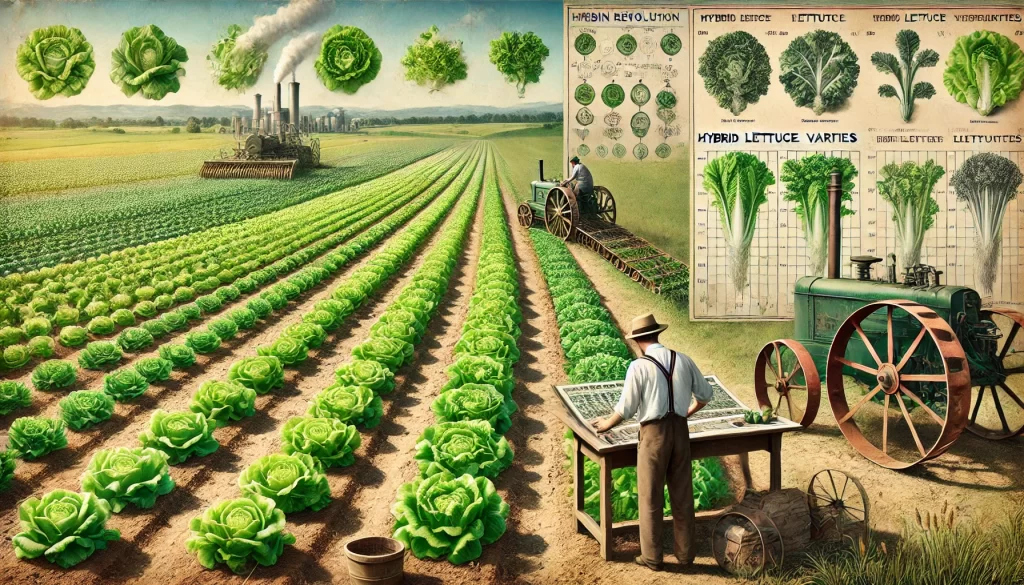
Timeline and Key Transformations
| Period | Brief Description | Key Innovations |
|---|---|---|
| Ancient Egypt | First cultivation and consumption of lettuce | Primitive irrigation techniques, initial selection |
| Greece and Rome | Expansion of cultivation, first selective varieties | Documentation of cultivation methods, specialized gardens |
| Middle Ages | Monastic cultivation and expansion in Europe | Improvements in seed selection, channeled irrigation |
| 20th Century | Green Revolution and development of hybrids | High-yield varieties, use of controlled fertilizers and pesticides |
| Present | Sustainable agriculture and applied biotechnology | Genetic editing, precision agriculture, organic methods |
Impact on Modern Agriculture and Society
The evolution of lettuce cultivation has led to more efficient, sustainable, and diversified production. Genetic and technological advancements have enabled responses to food security challenges, climate changes, and market demands while preserving the nutritional and sensory quality of the product.
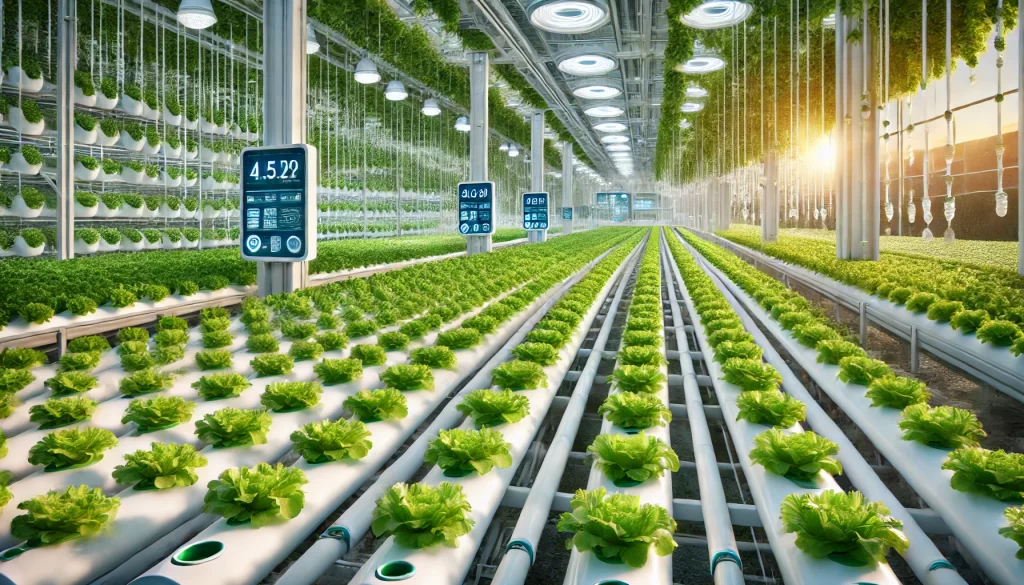
Conclusion
The history of lettuce cultivation is a reflection of human innovation and adaptation to different environments and needs. From its origins in ancient Egypt to today’s advanced techniques, lettuce has been a fundamental crop in global food and agriculture. Combining tradition and modernity, ongoing research promises to continue improving its resistance, productivity, and sustainability for future generations.
References
- Spadaro, D., & Gullino, M.L. (2005). Epidemiology of postharvest diseases of fresh fruits and vegetables. Postharvest Biology and Technology, 36(2), 113-127.
- Bliss, F.A. (2000). Vegetable Crop Production. CABI Publishing.
- Kader, A.A. (2005). Postharvest Technology of Horticultural Crops. University of California Agriculture and Natural Resources.
Grow Your Own Garden with Sereniseed!
Explore USDA Certified Organic Vegetable Seeds by Sereniseed. This 10-variety pack includes basil, snap peas, broccoli, beans, jalapeños, tomatoes, lettuce, cucumbers, carrots, and more. 100% organic, non-GMO, and carefully stored to ensure top germination rates.
Buy Now and Start Growing! AgronoBlog – Agriculture Blog
AgronoBlog – Agriculture Blog 